Tracing our way to Shiloh
Posted by: Joe on: February 25, 2012
As we began our final field trip of our Tennessee history study unit, we made a quick stop at Loveless Cafe to pick up some hot biscuits and peach preserves.
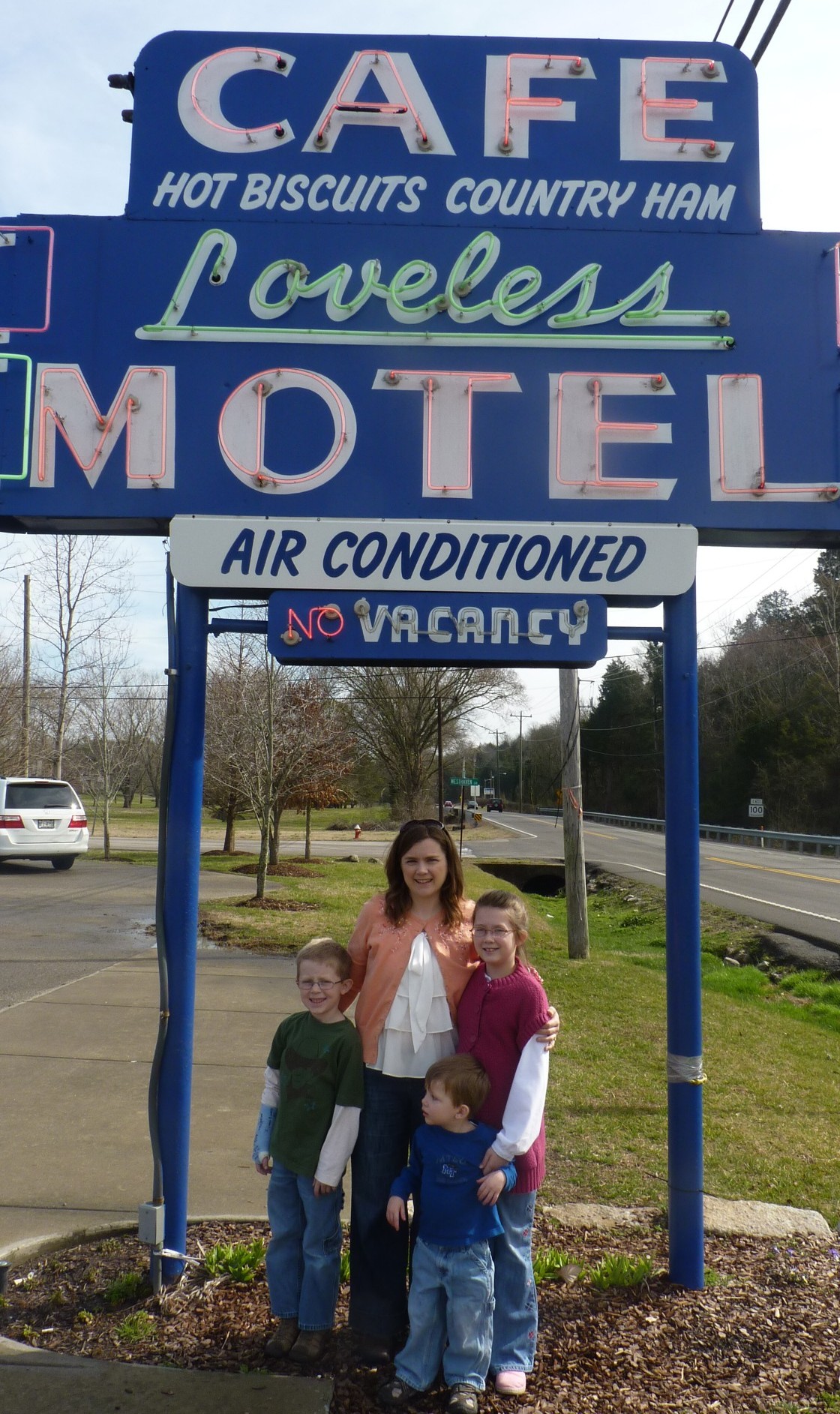
If you’ve never had a Loveless biscuit, you’re missing out on one of Nashville’s great treasures.
The Natchez Trace Parkway is a peaceful parkway with lots of beautiful scenery along the way.
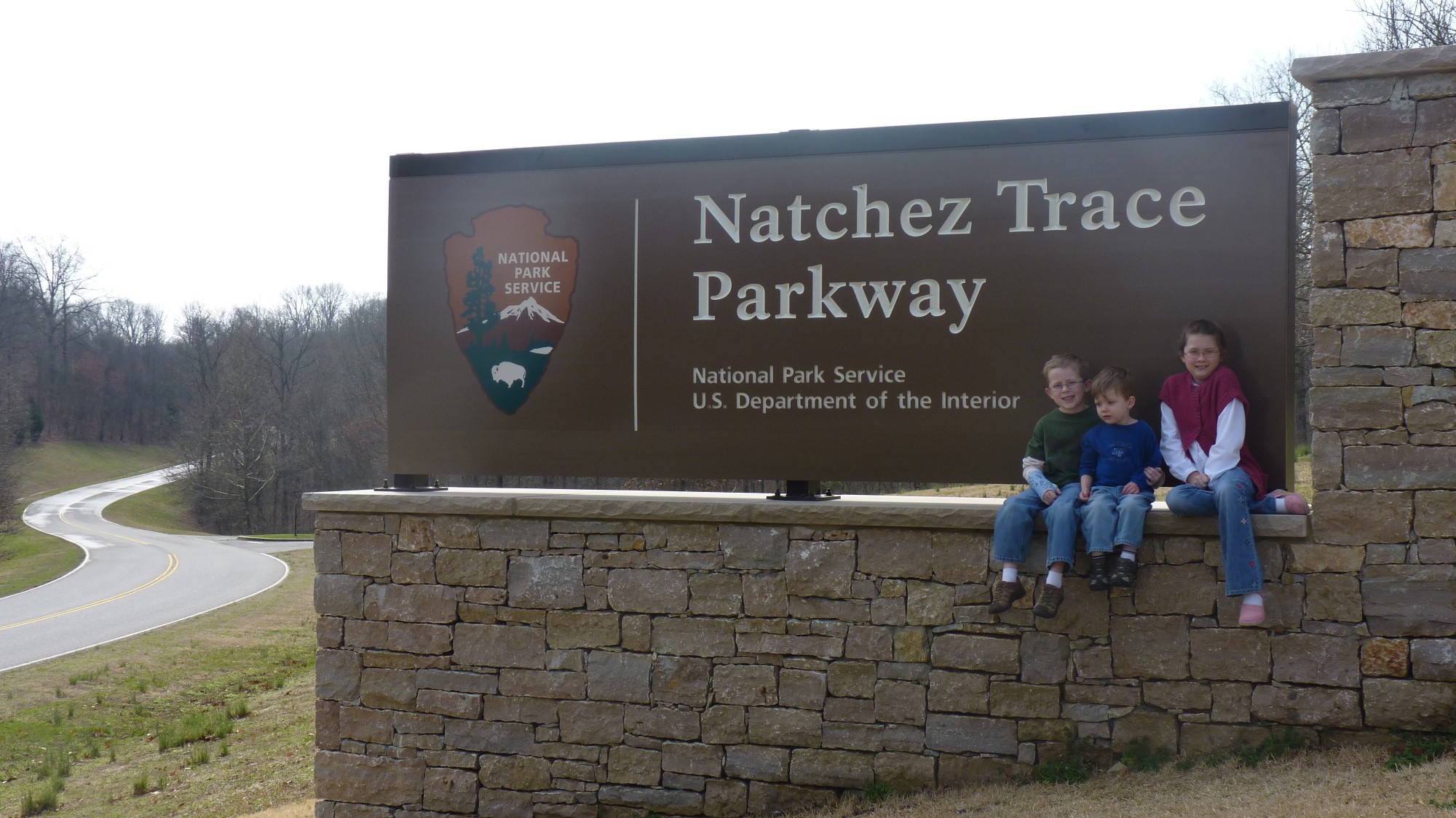

The view from Birdsong Hollow Bridge
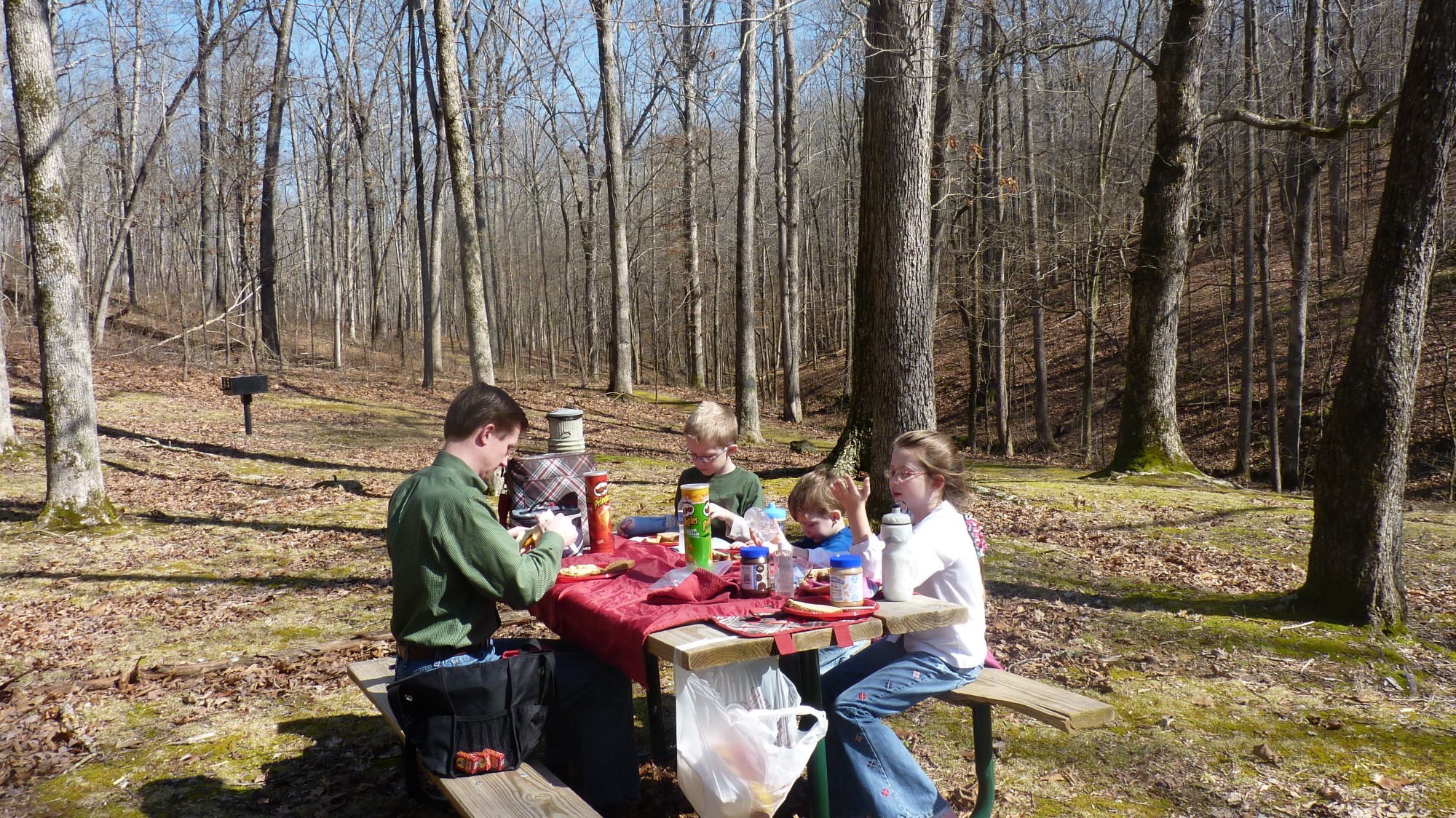
We had a quick AND WINDY picnic near the Meriwether Lewis Historic Site.
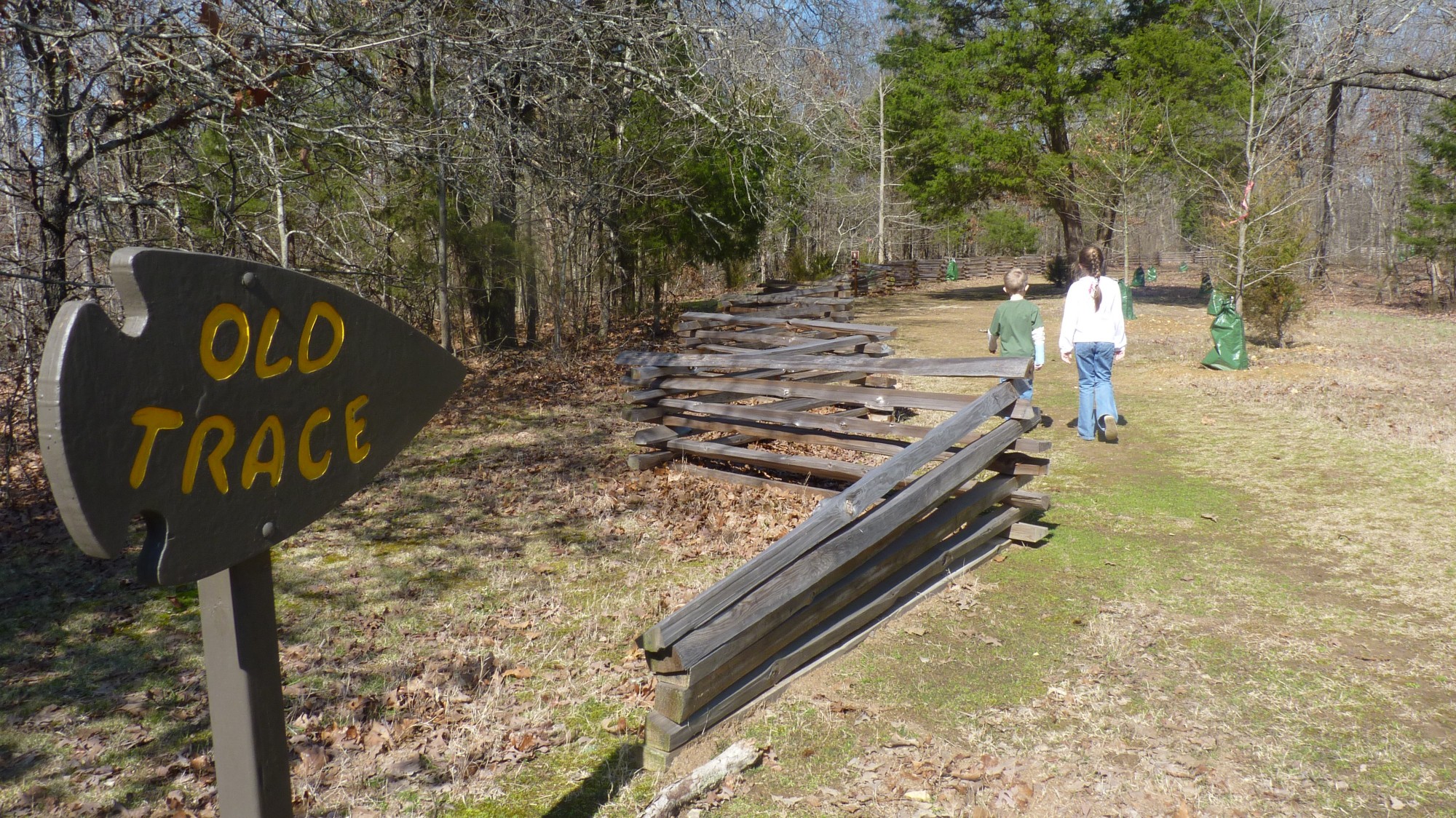
All along the scenic parkway there are markers of the original route. This marker is near a burial place called Pioneer Cemetery. Because the Natchez Trace was a commonly used route for those traveling back from selling goods in Natchez Mississippi, thieves and robbers were a dangerous aspect of the trip from Mississippi to Tennessee. We noticed that most of the markers in Pioneer Cemetery appeared to be whole families.
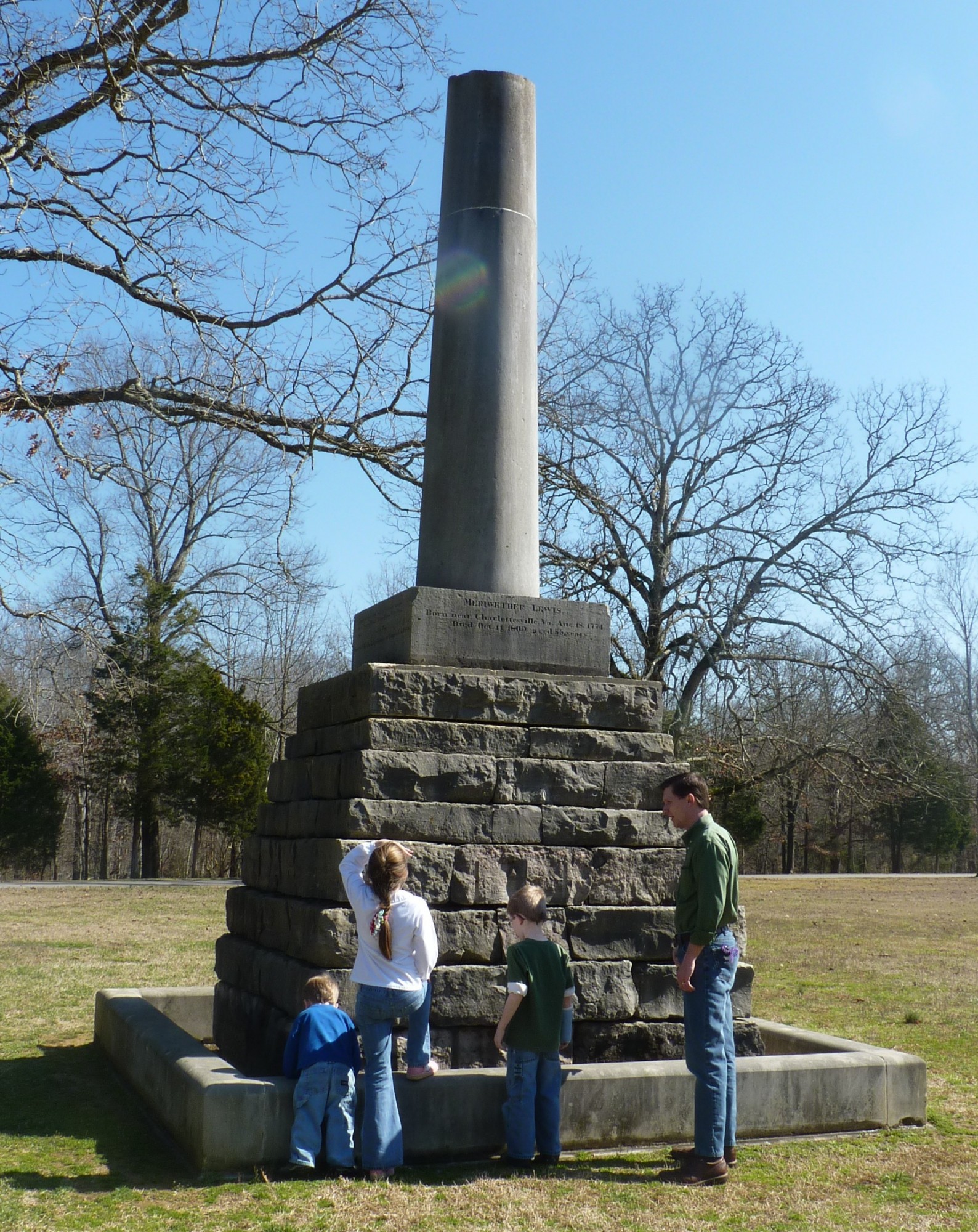
Meriwether Lewis was found a few yards from this spot in October of 1809 barely conscious with a bullet hole in his head. Some have suggested the wound was self-inflicted due to his frequent bouts with depression. In 1848, the state legislature of Tennessee exhumed the body and examined it for conclusive evidence that it was in fact the body of Meriwether Lewis. After resolving the issue to their satisfaction, Lewis’ remains were reinterred and this monument was erected.
These words from Th. Jefferson are inscribed on the east side of the monument:
“His courage was undaunted; his firmness and perseverance yielded to nothing but impossibilities; a rigid disciplinarian yet tender as a father of those committed to his charge; honest, disinterested, liberal, with a sound understanding and a scrupulous fidelity to truth.”
A broken column was chosen to symbolize the brevity and unfulfilled promise of Lewis’ life.
*************************************************************
Shiloh National Military Park preserves the site of the April 1862 Civil War battle which cost more American lives in two days of fighting than ALL previous battles and wars. . .combined.
General Grant’s expectation that the “southern rebellion” could be put down quickly was shattered after his hard won victory at Shiloh.
This area of the battlefield became known as Sunken Road.
This line of artillery consisting of more than 50 cannons of various sizes became known as Ruggles’ Battery and was the largest artillery bombardment in American history at that time.
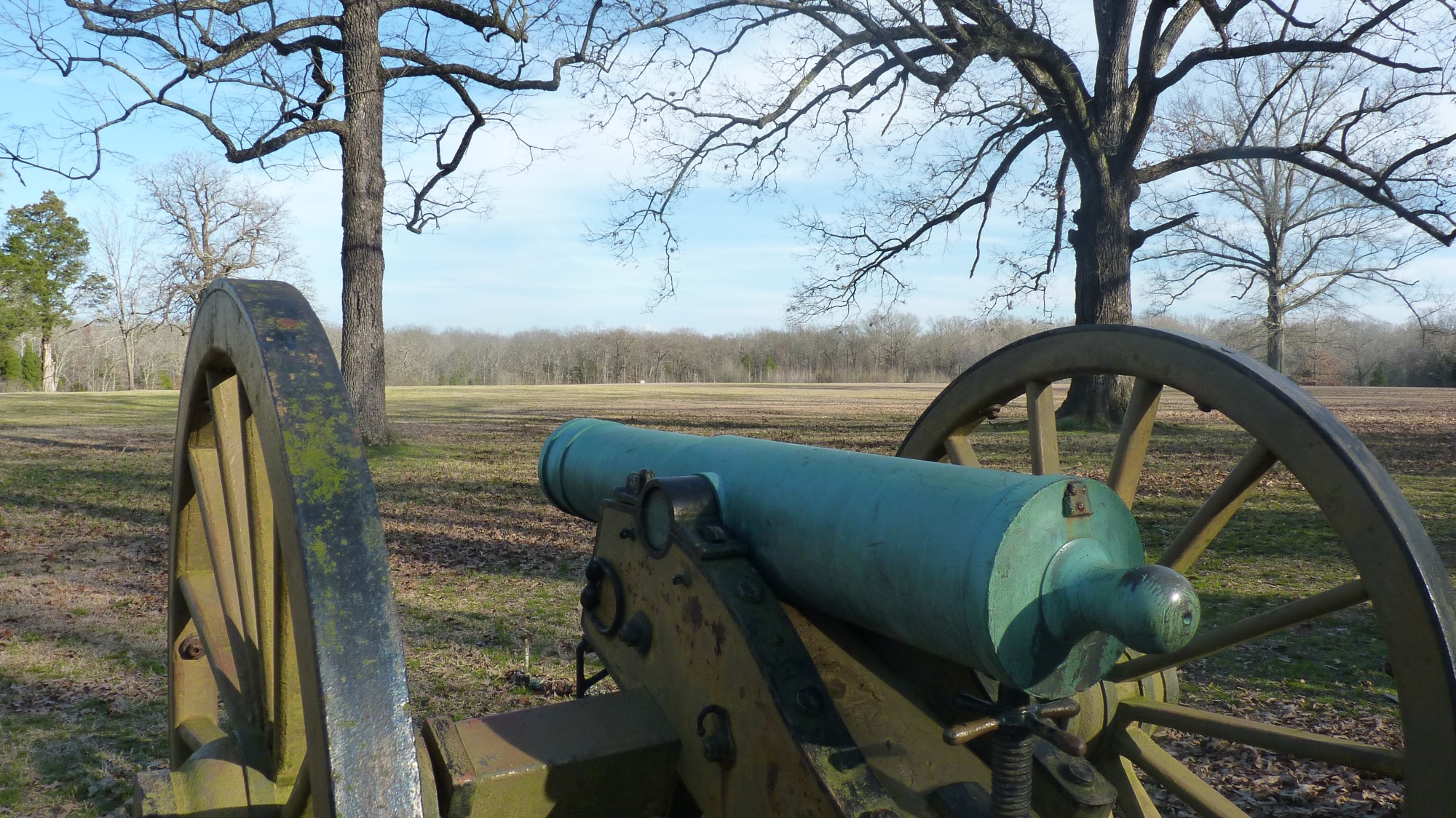
What would a young artillery soldier have seen from this spot 150 years ago?
As we took a moment to ponder the history of this place, the only sound we heard was made by the wind and the trees and the birds. The silent, solemn reverence of these fields serves as a fitting tribute to the chaos, tragedy and loss of those two terrible days in April 150 years ago.
On the night of April 6, 1862, Federal troops under the command of General Don Carlos Buell crossed the Tennessee river at this spot to reinforce Grant and prepare for the second day of battle and eventual Union victory.
3 Responses to "Tracing our way to Shiloh"
Wonderful educational trip! Thanks for sharing with us! Awesome pictures, too! Someone has a “good-eye” through the camera lens!! Keep teaching those precious students! God Bless.
I love seeing and hearing all about your trips. These are wonderful memories that you are making with each other. I love you all so much!

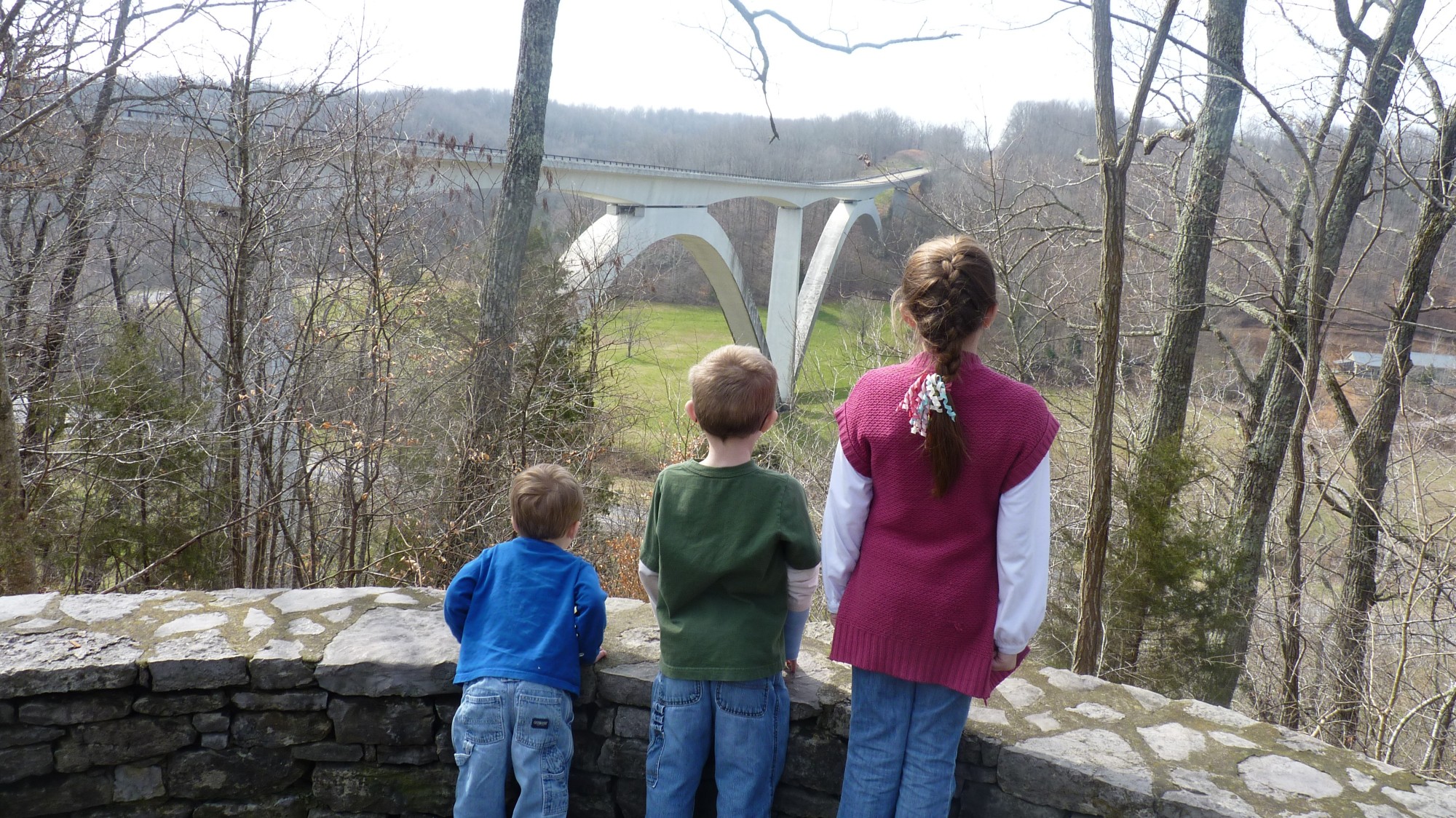
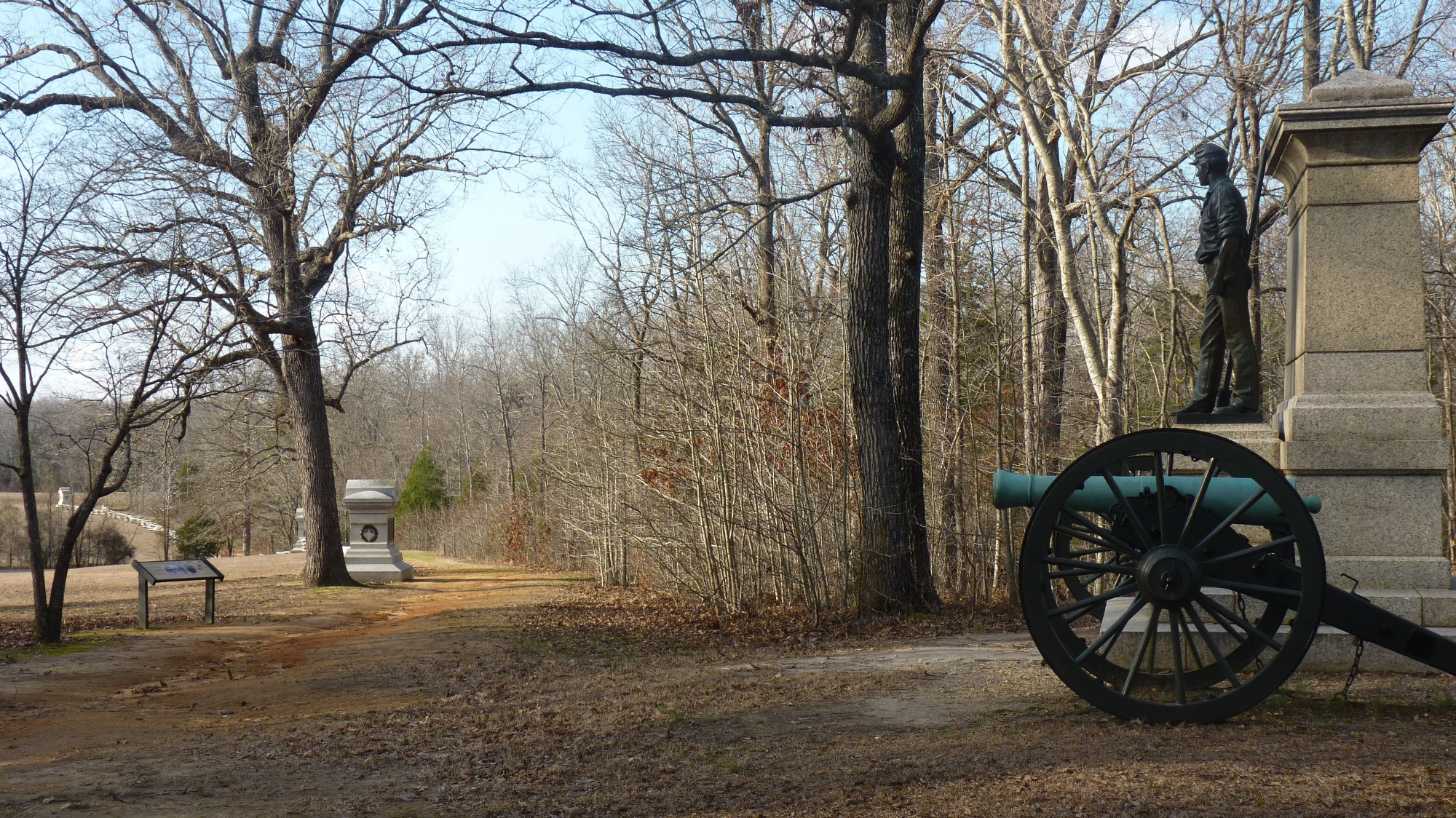
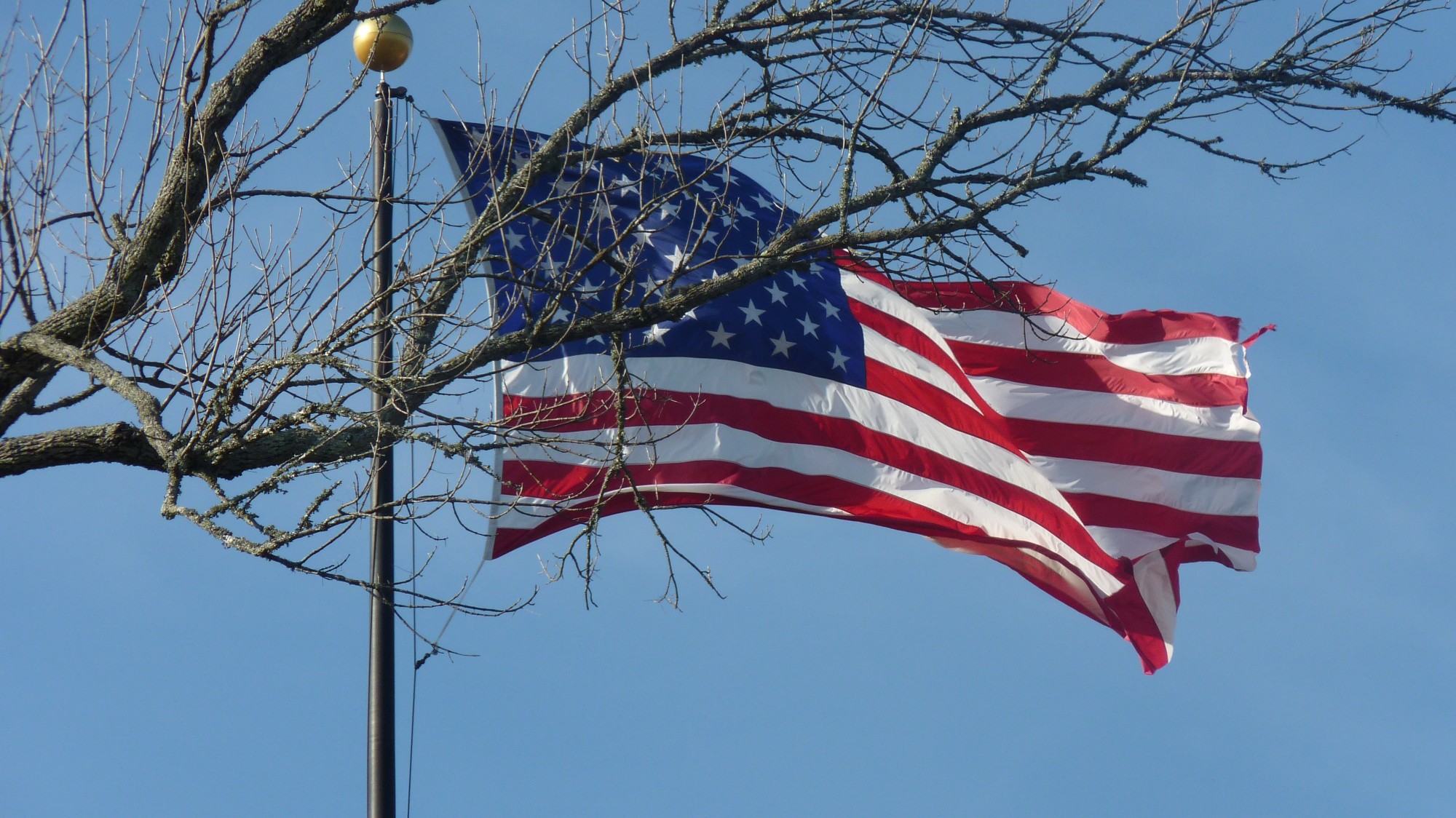
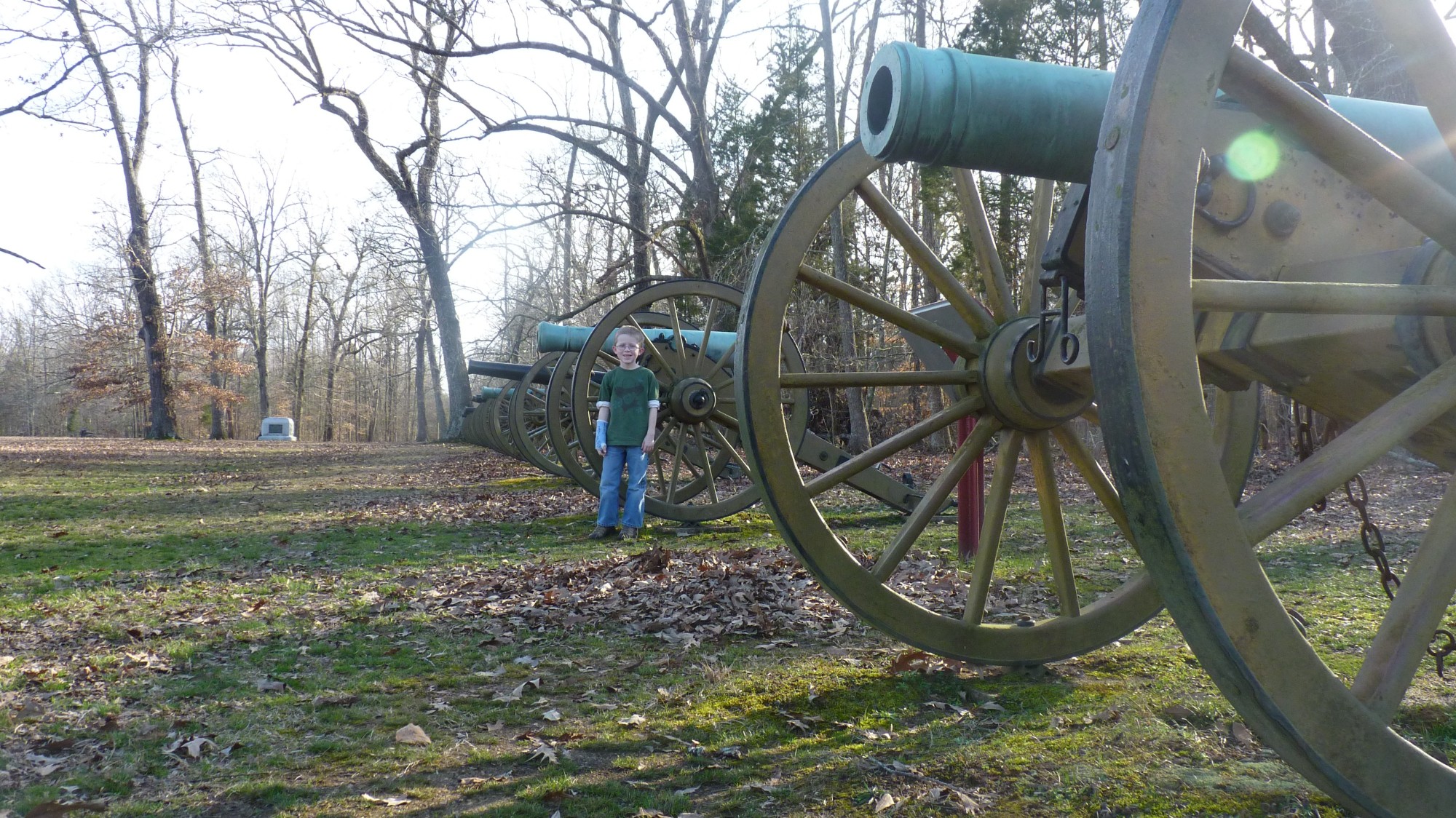
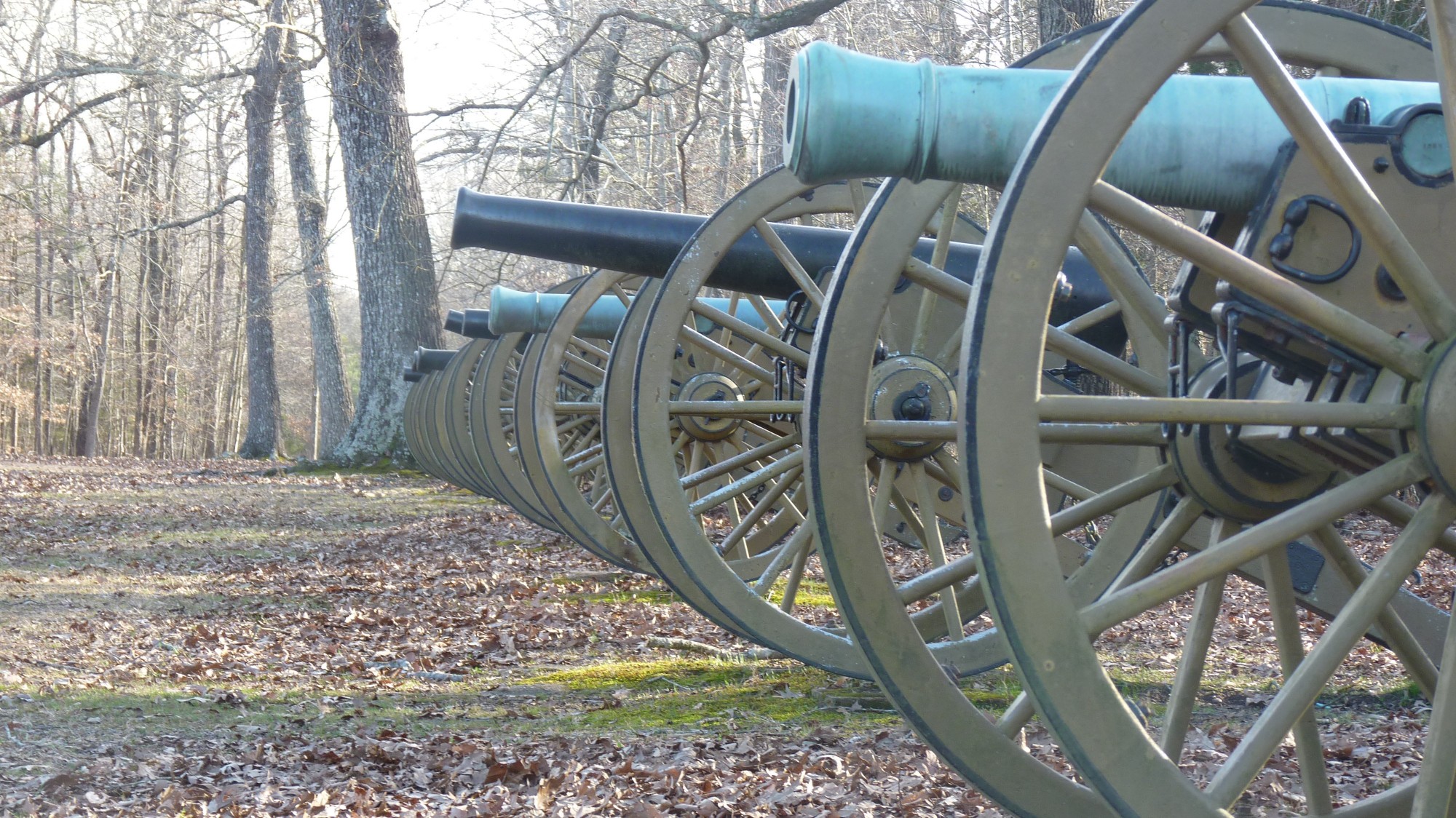
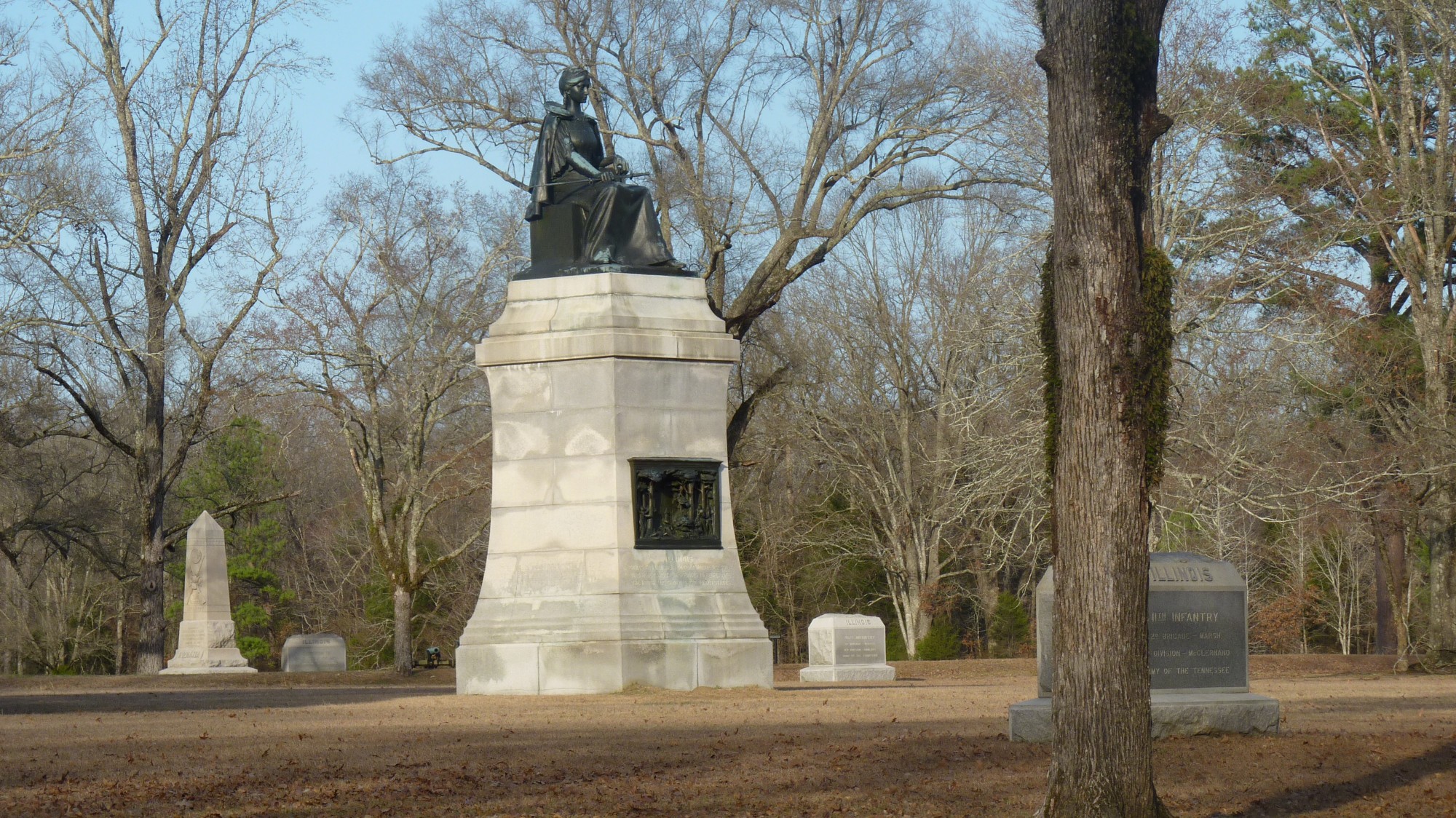
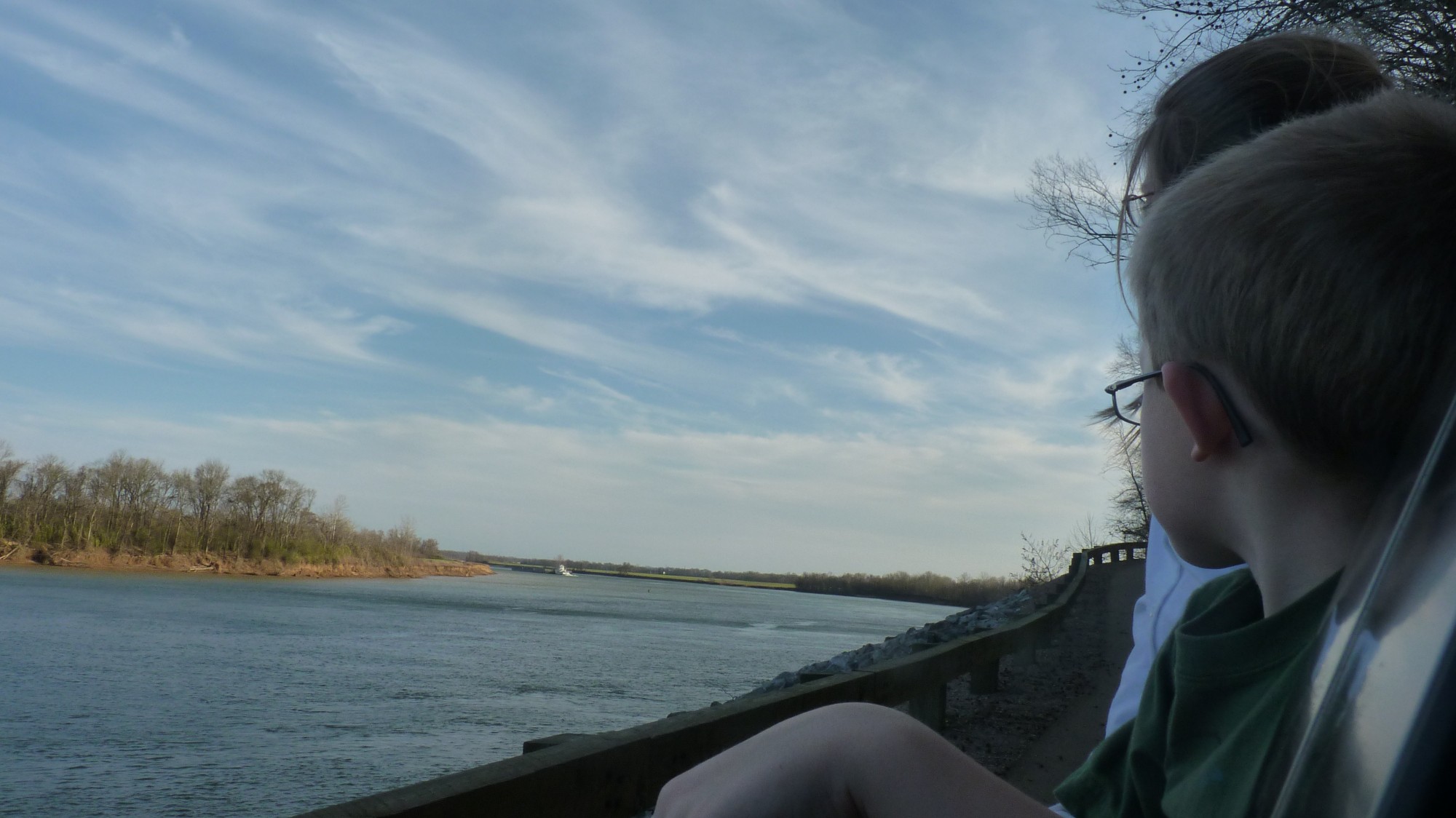
February 26, 2012 at 12:24 am
Wow! I know fun when I see it! We need to follow in your footsteps. Maybe we can work that out.